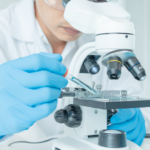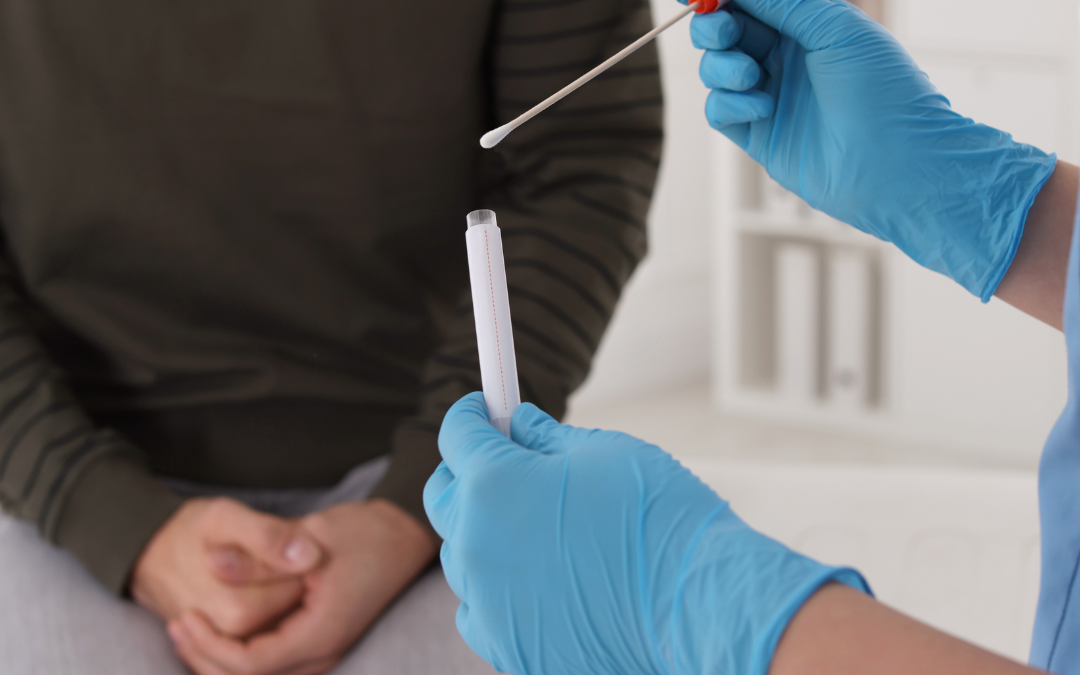
Celebrate LGBT History Month and More in October!
October 22, 2024
What Is Comparative Genomics and How Does It Relate To HIV?
November 20, 2024Getting tested for HIV is crucial for your health and well-being. Understanding what diseases can cause a false-positive HIV test is essential so you are prepared for your test results.
When it comes to HIV testing, or any STI testing, accuracy is critical. However, there can be instances where individuals who are not infected with HIV receive a positive or reactive test result. Is it possible to get a false-positive HIV test? Yes, it is, and this situation can be understandably alarming. Knowing the factors that lead to a false-positive HIV test can help you navigate your health more effectively.
Understanding False-Positive Results in HIV Testing
HIV tests are known for their high specificity, designed to minimize false-positive results. For instance, if 1,000 uninfected individuals undergo testing, a typical HIV test might produce about four false-positive results, reflecting a specificity rate of 99.6%. This means that most uninfected individuals are accurately classified as such.
However, the prevalence of HIV in a given population significantly impacts the likelihood of false-positive results. In high-prevalence areas, the chance of a genuine positive result is greater. For example, in a community where the HIV prevalence is around 2%, a significant portion of positive results will be true positives.
In contrast, low-prevalence populations may experience a scenario where the number of false positives exceeds the number of true positives, complicating accurate diagnosis.
Causes of False-Positive HIV Test Results
Several factors can contribute to receiving a false-positive result:
- Technical Issues: Errors such as specimen mix-up, mislabeling, improper handling, and misinterpretation of rapid test results can lead to inaccuracies.
- Biological Factors: Certain medical conditions can also affect test outcomes. For example, recent viral infections, autoimmune disorders (like lupus and rheumatoid arthritis), and conditions such as Lyme disease or STIs, including syphilis, can trigger false-positive results.
- Vaccinations and Other Treatments: Recent vaccinations, multiple blood transfusions, and participation in HIV vaccine studies can also lead to erroneous results.
Additional Testing to Distinguish True Positive from False Positive
If an initial screening test returns a reactive result, further testing is essential to verify its accuracy. Depending on the type of test administered (laboratory-based or rapid test), follow-up testing may include:
- Using the original specimen for laboratory testing
- Conducting a rapid test algorithm, which utilizes tests from different manufacturers
- Referring to a healthcare provider for more in-depth testing
Getting Results and Retesting
If an individual receives a positive test result, they should undergo additional testing promptly. Confirmatory tests can effectively detect antibodies, assess viral load, and differentiate between HIV-1 and HIV-2. It is critical to follow up with a healthcare professional, such as Harmony Healthcare Services, to ensure that appropriate steps are taken for retesting and accurate diagnosis.
Best Practices for Retesting
Due to the window period before tests can accurately detect HIV after exposure, the CDC recommends retesting 45 days post-exposure for laboratory-based tests and 90 days for other types. Consulting with healthcare providers can also help identify the most suitable testing methods.
Who Should Test
The CDC recommends that all sexually active individuals aged 13-64 should undergo routine HIV screening at least once in their lives. Individuals at higher risk, such as those who engage in anal sex, transgender individuals, and injection drug users, should seek testing for HIV at least once a year. Regular screenings help identify those who may be unaware of their status and require immediate intervention.
HIV Treatment and Prevention
While there is currently no cure for HIV, early diagnosis and treatment with antiretroviral therapy (ART) can effectively manage the virus, allowing individuals to lead healthy lives. Prevention strategies, such as using condoms, abstaining from sharing needles, and considering pre-exposure prophylaxis (PrEP), are crucial for those at risk.
Trust Us With Your HIV Test Results and Care
So, is it possible to get a false-positive HIV test? Although relatively uncommon, false-positive HIV results can occur due to technical errors and other health conditions mentioned above. If you receive a positive test result, seeking further evaluation and testing to confirm your status is essential. Our staff can guide you through HIV treatment if that’s what you need.
If you have questions or need assistance with HIV testing, contact us today for comprehensive support and guidance.





